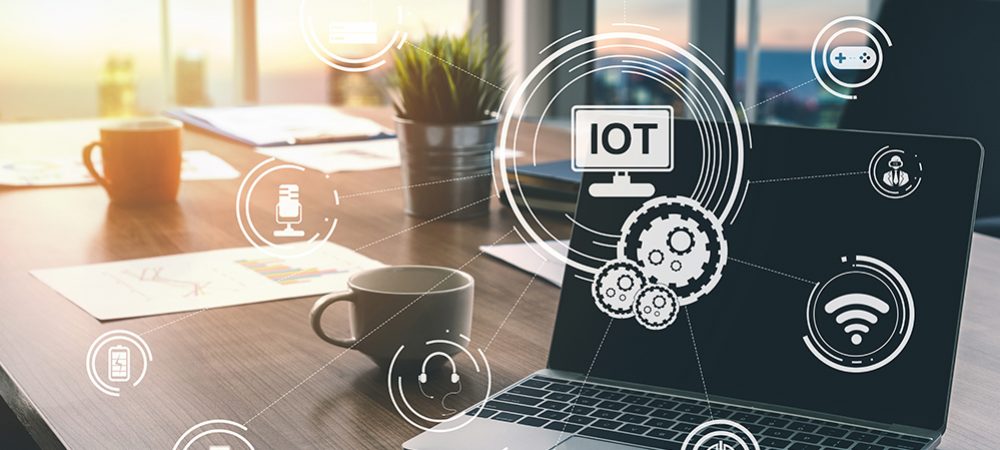Disruptive Technologies (DT), the creator of the world’s smallest wireless sensors, and certified Dutch partner, HeadsUpp, recently teamed up to revolutionise office design for Spaces.
Spaces is a global provider of creative office environments and co-working spaces for forward thinkers, innovators and game-changers who wish to work and collaborate in comfort and style.
Up until now, Spaces had little insight. That all changed when HeadsUpp and Spaces installed 50+ Disruptive Technologies temperature sensors under tables and chairs in the Hague’s famous Red Elephant (Rode Olifant) building. The sensors pick up changes in body temperature and quickly provide insight into space occupancy and how often their meeting rooms, co-working spaces, desks and chairs are being used and how.
For example, at a large shared co-working table, hard wooden chairs were swapped with softer, more comfortable office chairs, which improved utilisation by 30%.
“This success story at Spaces Rode Olifant is a testament to how small changes with data-driven design and layout can easily influence occupancy,” said Bengt Lundberg, CEO, Disruptive Technologies, “People like to be in spaces they like and with the help of sensor technology you can have granular insights into what those spaces are.”
Remco Van Noppen, Community Manager at Spaces Rode Olifant attributes the ease of use in deploying DT’s sensors as being a significant factor in the project’s overall success.
He said: “These sensors are very small and easy to attach. Since the sensors are wireless, we had no problems with finding the best spot to install them because we could attach them anywhere we wanted.”
All sensor data was collected by HeadsUpp and then put into a personalised report for Spaces that answered specific questions about the popularity of working spaces and predictive scenarios on how changing the interior design based on sensor data would improve occupancy. Spaces then modified their building’s interior design and space layout based on occupancy and space usage, rather than guesswork.
This case is important because it highlights:
· Great office design is occupancy-driven
· How sensor data helps you ‘listen’ to your tenants and employees
· Shows how you can optimise your space with non-invasive sensor technology
“Armed with insights, you can be confident that any changes you make to your office layout and functionality will reflect how your employees or tenants behave, providing them with an optimised space that they might not have even been aware they needed,” added Lundberg.


